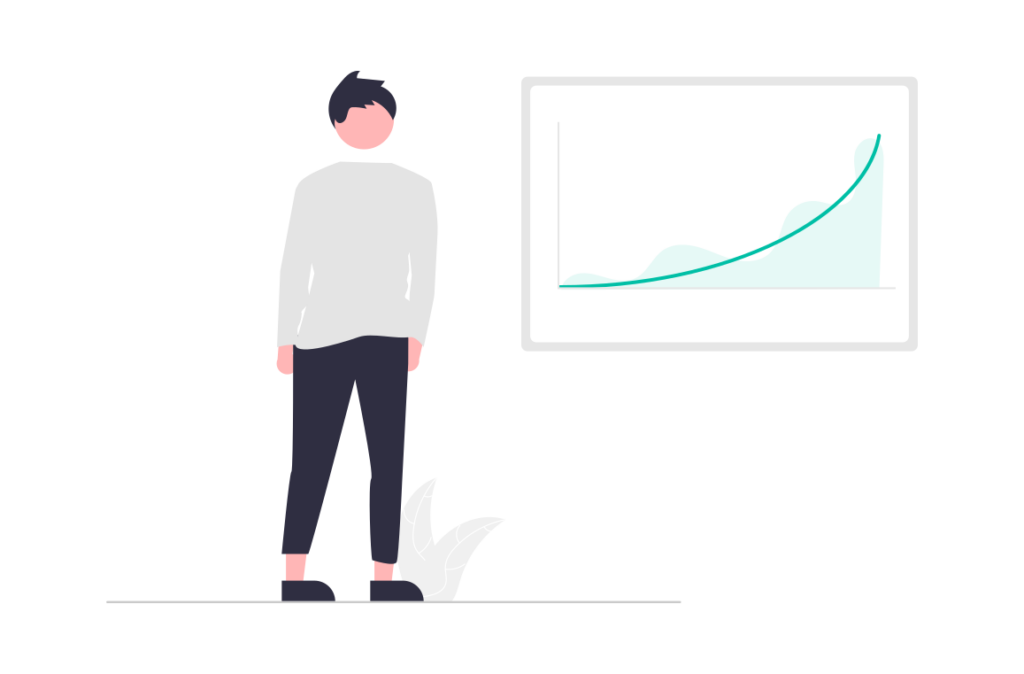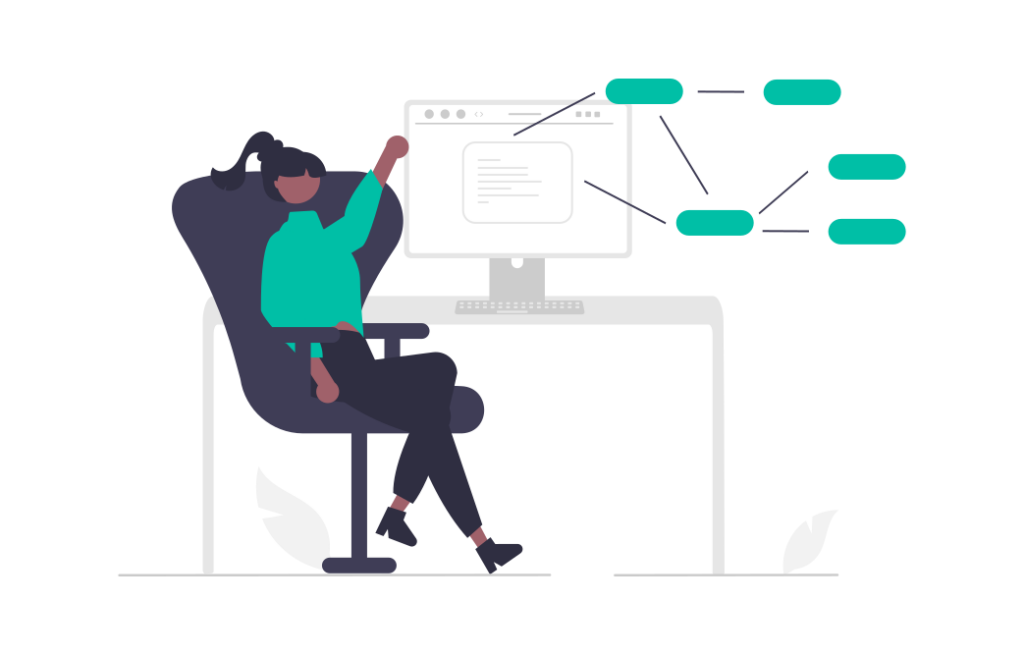Customer Acquisition Costs Examples

What Is Customer Acquisition Cost?
Customer acquisition cost (CAC) is clearly one of the most important metrics in marketing. CAC was the second metric we included in our 7 key metrics for startups blog and we’ve gone into detail about how to define customer acquisition cost before.
Essentially, customer acquisition cost is the cost to a business to acquire each new customer – including everything from advertising expenses to sales salaries and bonuses.
How Is Calculate Customer Acquisition Cost Calculated?
The CAC is a calculation of your overall marketing and sales cost divided by the volume of new customers acquired over a defined period of time.
That last point – period of time – is an important one. Because if your average sales cycle is 3 months, as it is in some B2B SaaS environments, if you calculate CAC after 2 months of a campaign it’ll look abysmal. You need to factor in how long it takes for a customer to complete a purchase when determining the time period, as well as seasonality if relevant.
You need to ensure you include all costs associated with marketing and sales – not just media spend. Media-spend based CAC can be helpful when evaluating narrow areas, such as which type of ad placement worked best in your Instagram campaigns, but the full business metric should include all other costs. Here’s what we mean:
What Are Examples Of Customer Acquisition Costs?
CAC can include a wide range of expenses, from advertising and marketing costs to the cost of sales commissions and other incentives.
Media Spend Acquisition Costs
One common example of CAC is advertising expenses. This can include costs associated with traditional advertising methods, such as television and radio ads, as well as digital advertising methods, such as Google AdWords or Meta ads. The cost of creating and distributing advertising materials, such as brochures or flyers, can also be included in CAC.
Salary, Bonus & Incentive Acquisition Costs
Another example of CAC is the cost of sales and marketing salaries and commissions. These costs can include the salaries of sales and marketing employees, as well as any commissions or bonuses paid to them for acquiring new customers. In addition, the cost of any training or development programs provided to sales and marketing employees can also be included in CAC.
The cost of any incentives or bonuses offered to acquire a new customer can also be considered as part of CAC. For example, a company may offer a discount or free trial to new customers as a way of encouraging them to try the company’s products or services. These costs can add up quickly, and it’s important for businesses to carefully consider the potential return on investment (ROI) of any incentives or bonuses they offer.
Technology & Assets Acquisition Costs
Another example of CAC is the cost of creating and maintaining a website or other online presence. This can include the cost of website design and development, as well as the cost of hosting and maintaining the site.
Producing the creative needed for advertising campaigns is also part of CAC. Making videos, or image ads, or paying copywriters to craft messaging – all of this has associated costs, and contributes to CAC.
Trade show expenses can also be considered as CAC. This can include the cost of renting a booth, travel expenses and accommodation for employees, and the cost of creating and distributing promotional materials. These expenses can be significant, and it’s important for businesses to carefully consider the potential ROI of participating in trade shows before committing to them.
If your marketing model involves direct outreach, lead generation costs can also be considered as part of CAC. Typically, in the past, this would include the cost of purchasing or renting mailing lists (less common now since GDPR), as well as the cost of any lead generation software or services. Additionally, the cost of creating and distributing lead magnets, such as e-books or webinars, can also be included in CAC.
Finally, the cost of creating and distributing promotional materials can also be considered as part of CAC. This can include the cost of creating and printing brochures, flyers, and other marketing materials, as well as the cost of shipping and handling these materials.
What Are Typical Customer Acquisition Costs?
Acquisition costs can vary massively – it depends on the sector, product, positioning, competition and so much more. Here are just a few examples:
B2C Acquisition Costs:
- Travel: $7
- Retail: $10
- Transportation: $98
- Financial: $175
- Real Estate: $213
- Banking/Insurance: $303
- Telecom: $315
- Consumer app: $2.14
B2B: Acquisition Costs:
- B2B SaaS: $341
- Commercial Insurance: $600
- Financial Services: $1,202
- Law (Business / Commercial): $1,245
It’s very important to remember that these are just examples – there is so much variability that we’d suggest taking any figures you see online with a hefty pinch of salt. We’ve written more about typical acquisition costs here.
Why Is Customer Acquisition Cost Important?
Essentially you’re CAC, especially in how it relates to your Lifetime Value (LTV) determines the viability of your business and the desire for it in the market. High CAC, compared to LTV, means it’ll be difficult to be profitable and survive. High CAC compared to your competition indicates your proposition, messaging, creative or customer journey is not good enough to compete. When one marketing campaign has a much higher CAC than another, that tells you that decisions you made in that campaign (creative, media spend, timing or targeting) were not as good as the other.
Overall, as growth marketing experts we strongly agree that CAC is absolutely a key metric for a business to measure and is essential to the overall understanding of your marketing efforts. Understanding and managing CAC is an important aspect of business strategy and growth, as it can help companies to identify areas where they can improve their efficiency and reduce costs. By tracking CAC as a KPI, you can ensure the right areas of the business are aware they need to manage it, reduce it where possible.
Talk to a Growth Advisor
We create a clear, focused marketing strategy by combining our expertise with your knowledge of your business.
Related Posts

Using the Bullseye Framework for Branding Success
Unlock the secrets to effective branding with our comprehensive guide on the Bullseye Framework.

How to Master Your Go-to-Market Strategy
Unlock the secrets to a successful market launch with our comprehensive guide on mastering your go-to-market strategy.

Growth Marketing vs Digital Marketing
Discover the essential distinctions between growth marketing and digital marketing in our comprehensive guide.
